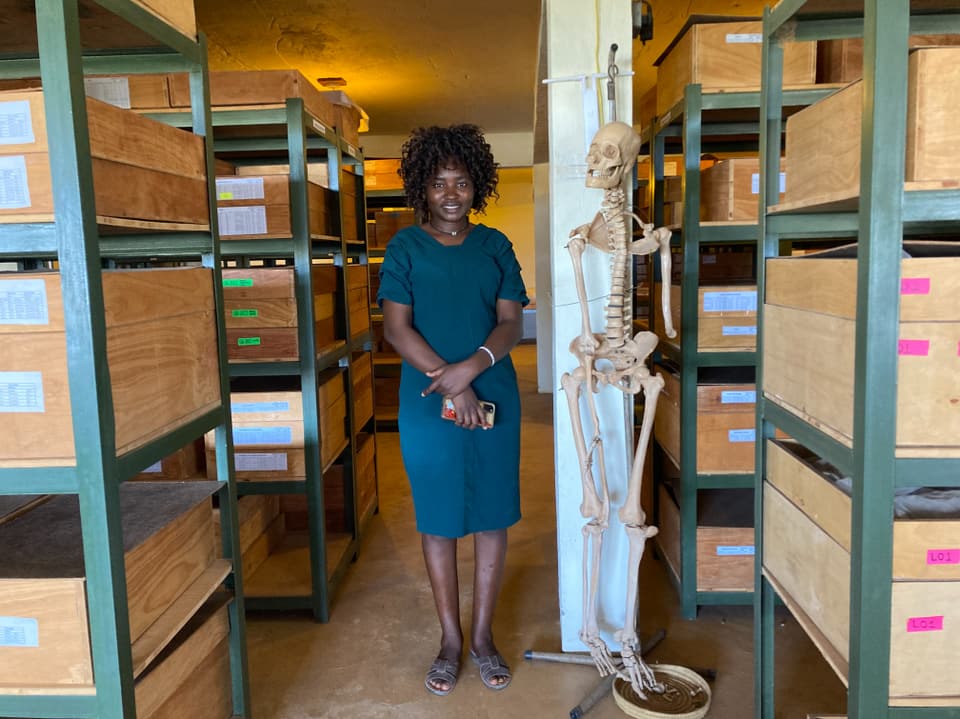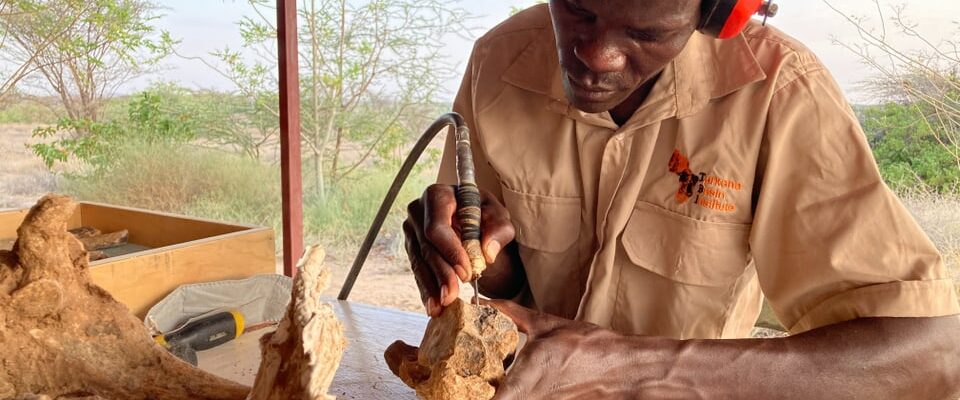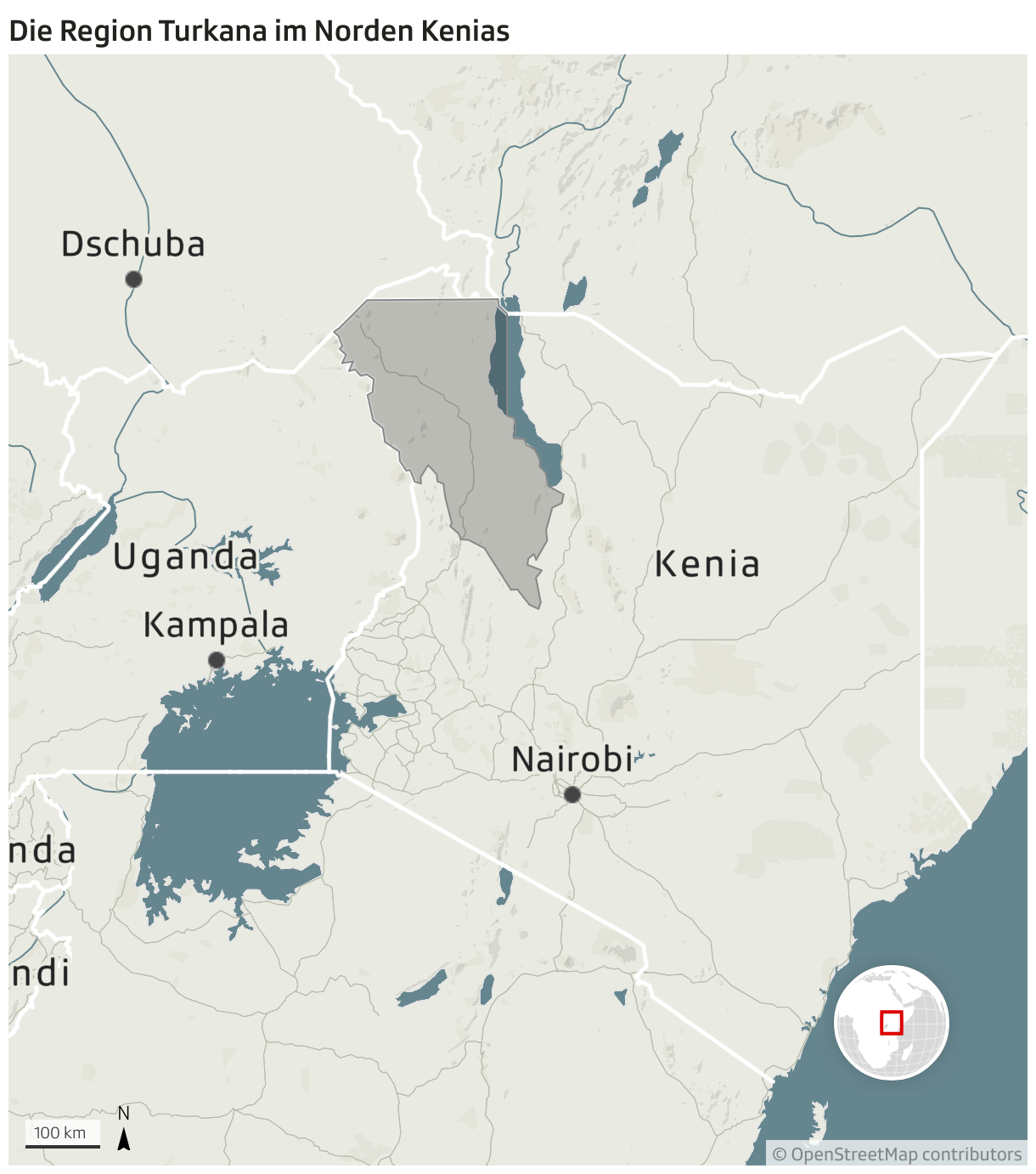Contents
The Turkana region of Kenya is one of the most important archaeological sites in the world. Every year, dozens of researchers from all over the world travel there to look for answers to the biggest questions in human history.
It’s morning, just after seven o’clock. And it’s already over thirty degrees hot. The employees of the Turkana Basin Institute are already at work. The institute’s taxidermists use a high-pressure burr to remove million-year-old rock from the fossils. “He is working on a snake vertebra from the Miocene,” explains the collection’s curator, Christine Atabo.
Legend:
Employees at the Turkana Basin Institute prepare fossils, some of which are millions of years old.
Anna Lemmenmeier/SRF
The Miocene is an epoch in Earth’s history. The snake vertebra under the microscope could therefore be more than twenty million years old. Every day, six employees of the institute prepare bones that are thousands or millions of years old.
Spectacular finds
Archaeologists or paleontologists brought the bones here from the excavation sites. Everything is stored in the institute. Thousands of finds lie neatly sorted in boxes in the racks.
In the middle of the room stands a skeleton, a copy of the most famous find here. «The Turkana boy is a Homo Erectus. It was found in 1984 and is around 1.6 million years old,” explains curator Christine Atabo. The special thing about Turkana Boy is that his skeleton is almost complete.
When you have certain of these fossils in your hand, you really feel: This is the ancestral history of humans.
Original human fossils are in the vault or in the museum in Nairobi. They are often spectacular finds. And in science, only those who publish first are rewarded. That is why no photos of original finds are allowed to be taken in the institute.
But it is the human fossils that particularly excite the 30-year-old curator. “When you have some of these fossils in your hand, you really feel that this is the ancestral history of humans,” says the Kenyan and laughs.

Legend:
Curator Christine Atabo with a copy of “Turkana Boy”.
Anna Lemmenmeier/SRF
Archaeologist Nick Taylor also knows this feeling. The Brit and his team from the Turkana West Archeological Project have discovered the world’s oldest known stone tools in Turkana. They are 3.3 million years old. Taylor has been researching in Turkana for ten years.
A living laboratory
With its geological conditions, this area is ideal for research on the cradle of humanity: “Fossils are well preserved here, and at the same time they are brought to the surface and thus made accessible through erosion,” says Taylor. Turkana is like a living laboratory.
The archaeologist is convinced that the chances of finding answers to the big questions of human history are very good here. And so he also hopes for further groundbreaking discoveries in order to clarify the research question that is currently most burning for him: “How far back does technology go? And what do these first human tools look like?” Ultimately, technology and the use of tools made us the people we are today.

